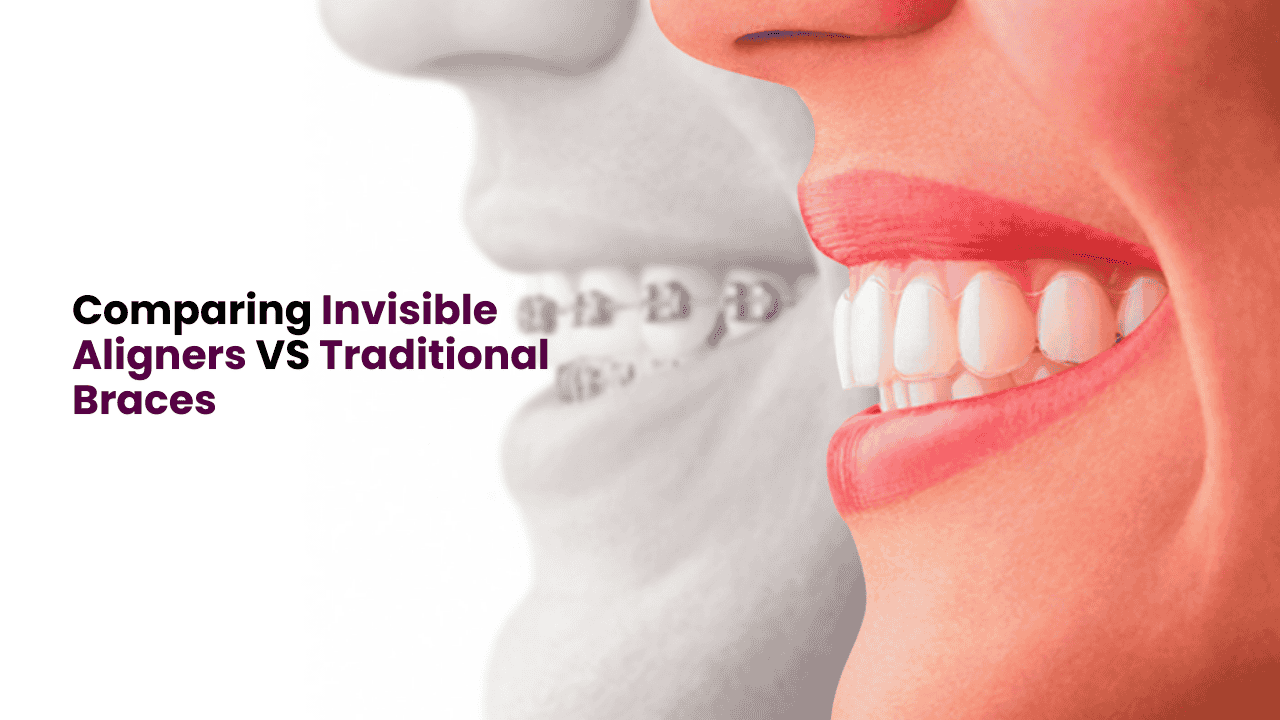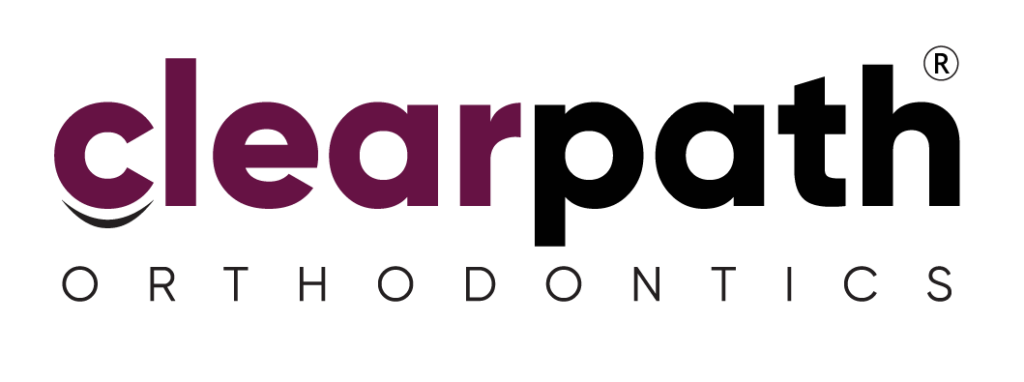
Comparing Invisible Aligners VS Traditional Braces
In recent years, the field of orthodontics has witnessed a significant evolution in teeth straightening options. While traditional metal braces have been the cornerstone of orthodontic treatment for decades, invisible aligners have emerged as a popular alternative. This guide explores the key differences between these two options to help you make an informed decision about your orthodontic care.
Read More: How Long Do Aligners Take to Work?
Traditional Braces: The Time-Tested Solution
Traditional braces consist of metal brackets attached to the teeth, connected by wires and held in place with small elastic bands. These time-tested devices have successfully treated countless patients and remain a reliable choice for orthodontic correction.
Advantages of Traditional Braces
Traditional braces are highly effective in addressing complex dental issues. They allow orthodontists precise control over tooth movement, making them ideal for correcting severe misalignments, bite problems, and rotated teeth. Their fixed nature ensures consistent progress, which is especially helpful for younger patients or those who may not consistently wear removable aligners.
Limitations and Considerations
One major drawback of traditional braces is their visibility. The metal brackets and wires are noticeable, which can be a concern for adults or image-conscious teens. They also require changes in diet—patients must avoid sticky, hard, or chewy foods that could damage the braces. Additionally, maintaining oral hygiene becomes more challenging, as food can get trapped around the brackets and wires, requiring careful brushing and the use of special cleaning tools.
Invisible Aligners: The Modern Alternative
Invisible Aligners: A Modern Solution for Straighter Smiles
Invisible aligners are custom-made, clear plastic trays designed to gradually move teeth into proper alignment. They’ve become increasingly popular due to their aesthetic appeal, comfort, and convenience.
Advantages of Invisible Aligners
One of the biggest advantages of invisible aligners is their discreet appearance. Made from transparent materials, they are barely noticeable—making them ideal for adults, working professionals, and teens seeking a subtle orthodontic option. Since they are removable, patients can eat freely without dietary restrictions and maintain their usual brushing and flossing routines with ease.
Treatment with invisible aligners often requires fewer in-office visits compared to traditional braces. Many providers now offer virtual consultations or check-ins, adding extra convenience for individuals with busy lifestyles or limited access to dental clinics.
Limitations and Considerations
Invisible aligners require consistent wear—typically 20 to 22 hours per day—for effective results. This demands a high level of patient compliance and responsibility. Additionally, while aligners are great for mild to moderate alignment issues, they may not be suitable for complex orthodontic cases such as severe bite problems, large gaps, or rotated teeth.
Some users may also experience a short adjustment period, including minor speech changes, when starting treatment. However, these effects usually subside as the mouth adjusts to the aligners.
Making Your Decision
The choice between invisible aligners and traditional braces should be based on several key factors:
Treatment Complexity: Consider the severity of your dental issues. While both options can handle many common problems, traditional braces may be necessary for more complex cases.
Lifestyle Factors: Think about your daily routine and whether you can commit to wearing removable aligners for the required time. Consider your professional and social life, and how important aesthetics are during treatment.
Budget Considerations: Factor in not just the initial cost but also insurance coverage and potential additional expenses like replacement aligners or emergency visits for broken brackets.
Age and Responsibility: For younger patients or those who might struggle with the discipline required for removable aligners, traditional braces might be more appropriate.
Professional Consultation
Ultimately, the best way to determine which option is right for you is through consultation with a qualified orthodontist. They can evaluate your specific case, discuss your lifestyle needs, and recommend the most appropriate treatment approach.
During your consultation, don’t hesitate to ask questions about:
- Treatment duration estimates
- Total cost and payment options
- Insurance coverage
- Required maintenance and follow-up care
- Potential complications or limitations
- Post-treatment retention plans
Both traditional braces and invisible aligners can effectively straighten teeth and improve smiles. The best choice depends on your individual needs, preferences, and circumstances. By carefully considering the factors outlined above and consulting with dental professionals, you can make an informed decision that leads to the beautiful, healthy smile you desire.
